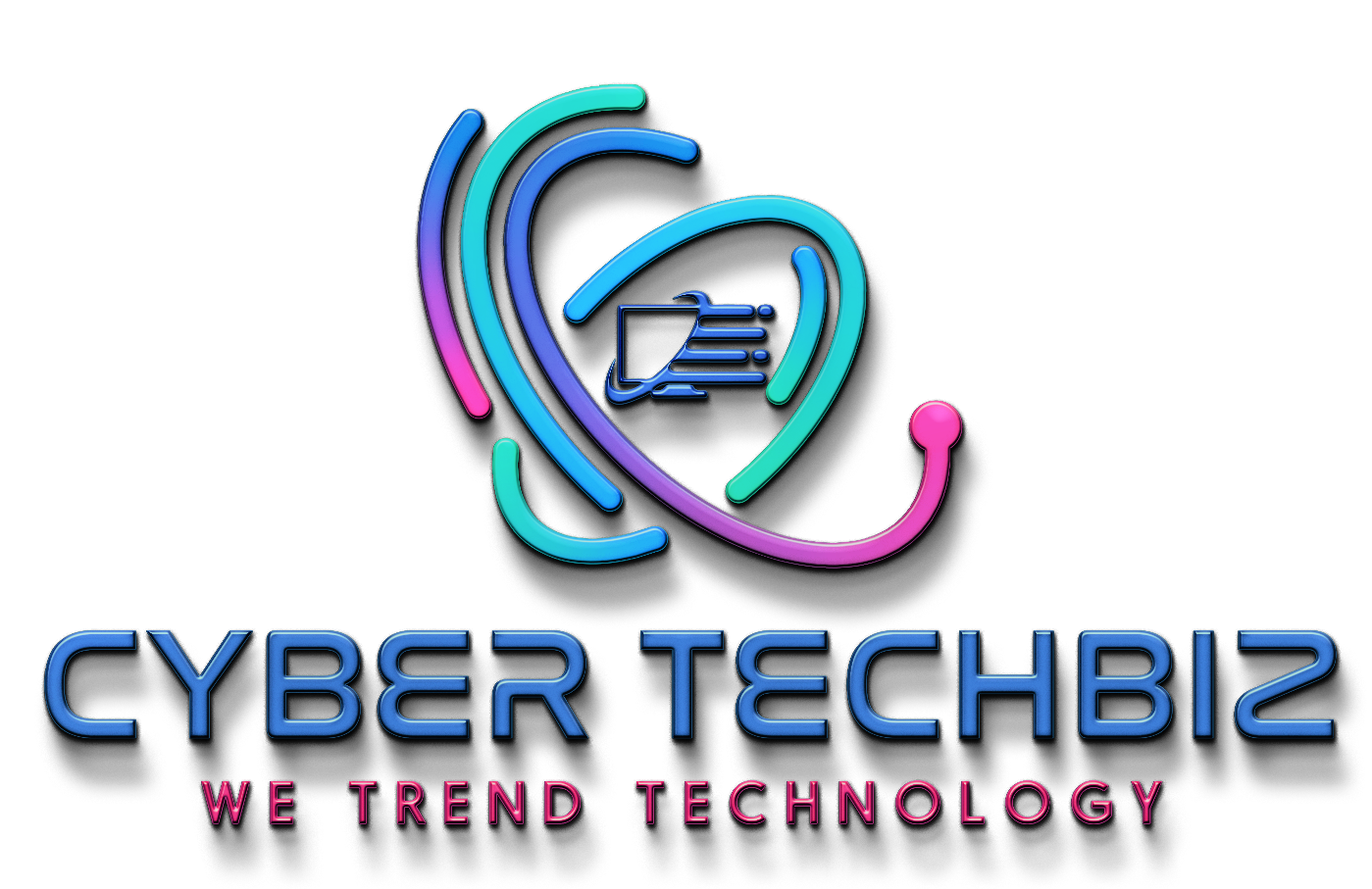“I’m aware that, even as we implement new products for the digital evolution of the studio, people need to be able to work without penalizing interruptions,” he says. “It’s also important to keep people updated on what’s being done and how technology will improve everyone’s work. I insist on the value of communication and involvement.”
A focus on AI
The experience of Stefano Bombara, IT manager of technical systems services at Crédit Agricole Vita, isn’t dissimilar. For Crédit Agricole Insurance and Crédit Agricole Life, companies of the Crédit Agricole Group, digital transformation began a few years ago, involving both internal processes and those used externally by intermediaries and customers. Until now, digitalization has focused on streamlining and automating processes, but AI now requires a strong IT-business synergy and a structured training intervention to accompany innovation.
“This year we intend to introduce AI to digitalize the claims management process in the non-life branch,” Bombara says. “Even more than other technologies, AI is an innovation introduced not by IT alone, but together with the business — in this case, the claims department — to identify the processes in which to apply it, or the use cases where we can produce real benefits of optimization and simplification for core activities. The entire project is accompanied by training on the methodology and the new cultural approach. This is very important because it allows us to align the expectations of the various business areas. Without common training, we can’t understand the potential or the constraints of AI.”

